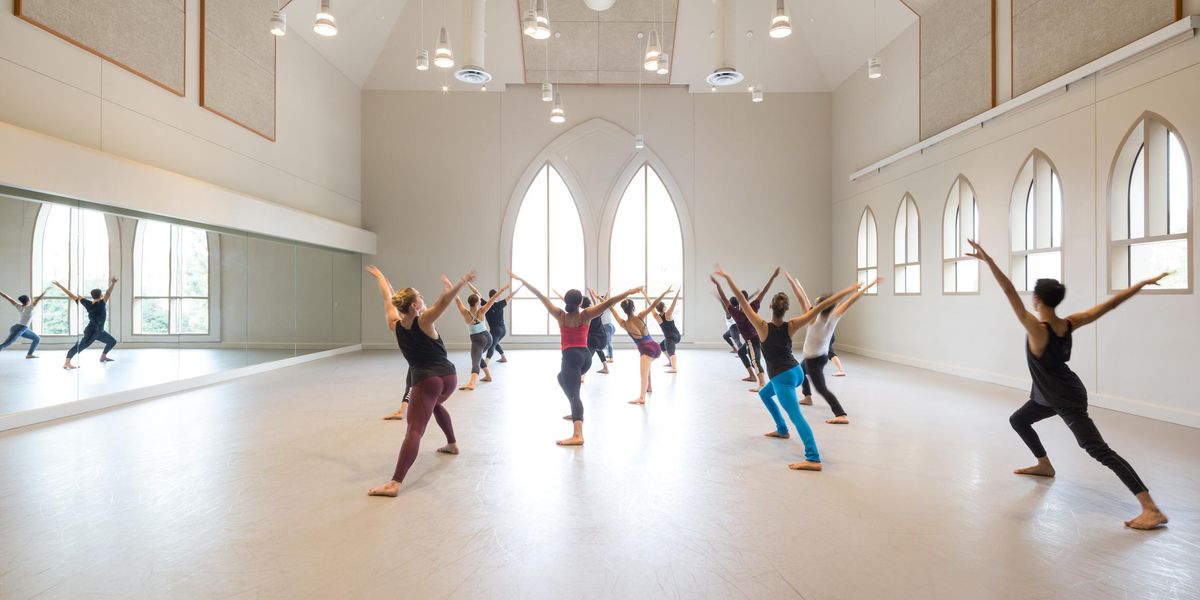Havana's Incomparable Ballet Culture
The Cuban people love ballet—and their ballet dancers. Last weekend I was a guest of the International Ballet Festival of Havana to see a handful of the many shows that are running from October 28 through November 7. The dancing was fascinating. So was the audience.
The first performance I got to was the New York-based Pontus Lidberg Dance Company, featuring familiar faces like Georgina Pazcoguin and Adrian Danchig-Waring of New York City Ballet, as well as star freelancers Gabrielle Lamb and Kaitlyn Gilliland. Despite these extraordinary dancers, Lidberg’s contemporary choreography was fairly unremarkable apart from its gimmicks (paper raining from above, dancers trading costumes onstage), and some audience members chattered away throughout it.
Later that night was an evening of pas de deux from the classics, performed by Ballet Nacional de Cuba with a few guest artists, including Cincinnati Ballet’s Rodrigo Almarales and Northern Ballet’s Javier Torres, who both trained at Cuba’s National Ballet School. During the second act, a man sat in the empty seat next to me with his 8-year-old son on his lap. The boy was so engaged, craning his head to see—especially during Viengsay Valdés’ inhuman balances in Don Quixote (she stayed on pointe during an 8-count phrase from arabesque through passé through to développé front!). The entire house got a thrill out of Brooklyn Mack’s Basilio: His showstopping jumps and turns had the audience hollering with excitement. After his solo, the man next to me leaned over and whispered, “Es Cubano?” When I told him no, that Mack was from The Washington Ballet, he was visibly upset that he couldn’t claim this fabulous dancer as one of his own countrymen.
After many of the shows, I heard audience members comparing notes on which of the dancers were Cuban. They loved seeing their own—and watching them perform jaw-dropping stunts. At first I was disappointed by how little emphasis the Cuban dancers put on characterization, until I realized that the audience wouldn’t even clap through to the end of the dancers’ bows unless they had showed off some astonishing feat of athleticism. Storytelling isn’t greatly valued, and favorite highlights of mine, like the delightfully musical Gudrun Bojeson and Jonathan Chmelensky of Royal Danish Ballet in Bournonville’s Flower Festival of Genzano, or a tender Maria Riccetto (formerly an American Ballet Theatre soloist, now with Julio Bocca’s Ballet Nacional de Uruguay) didn’t get nearly as much love as Norwegian National Ballet’s flashy Daniel Proietto. The crisp, clean technique of the more delicate BNC dancers, such as Dayesi Torriente and Grettel Morejón, would have shown much more brightly in any other company.
What amazed me most was the fierce pride Cubans have in their culture, despite some of the less-than-ideal circumstances they live in. One woman I met had never even been to the ballet (she earned the equivalent of about $16 a month; I saw tickets for sale at about $30) but went on at length about Viengsay Valdés and Carlos Acosta, honored to come from the same land as these incredible artists. She already knew that Acosta is planning to launch a contemporary company after he retires in 2016—and, like many Cubans, eagerly awaited his homecoming.





